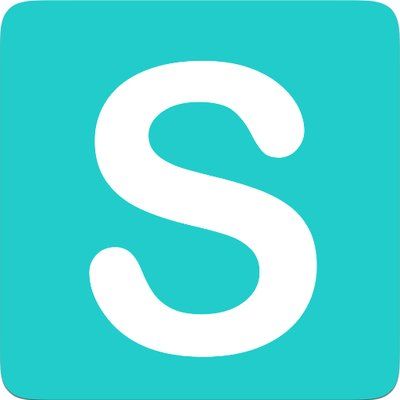1,610 reads
Web Crawling vs Scraping: What's the Difference Between Crawlers and Scrapers?
by
August 3rd, 2021

Scraper API is a software tool that allows companies to collect data from web pages with an API call.
About Author
Scraper API is a software tool that allows companies to collect data from web pages with an API call.